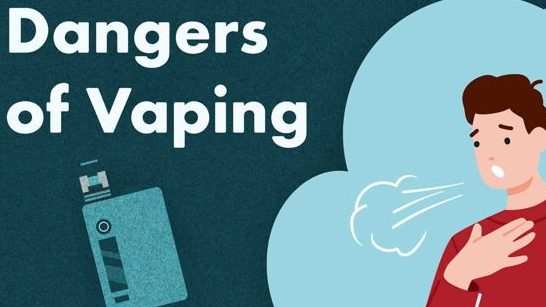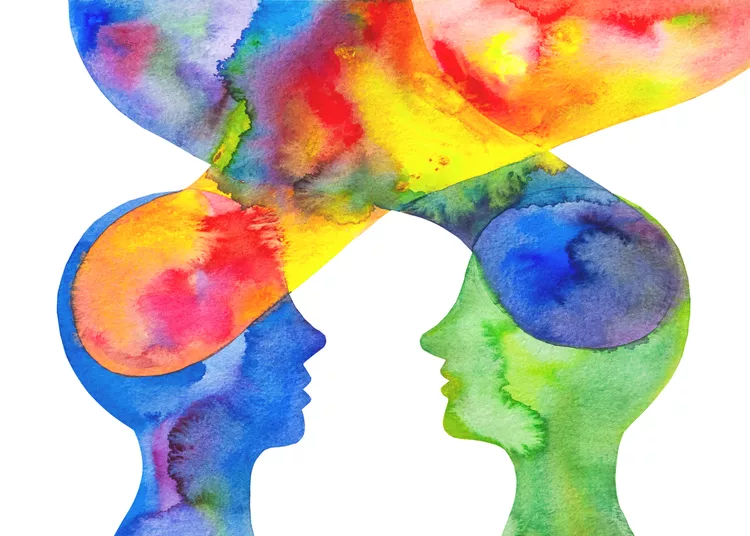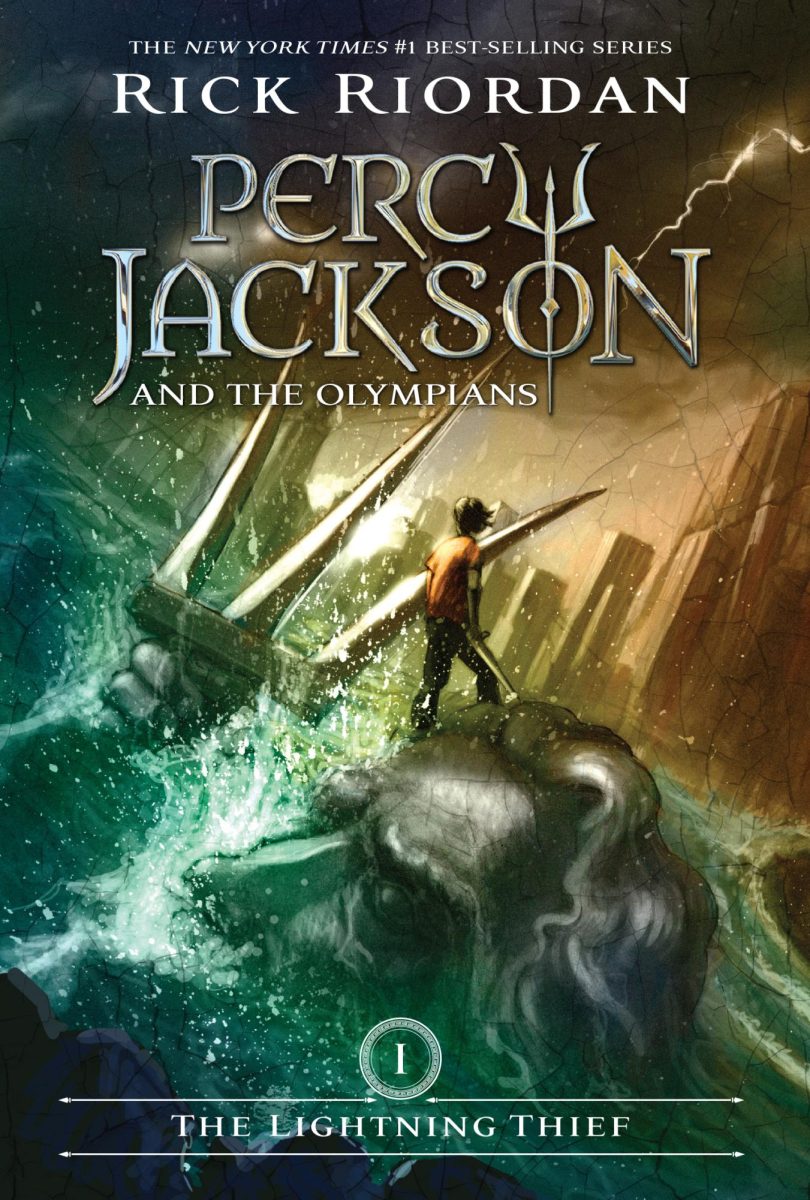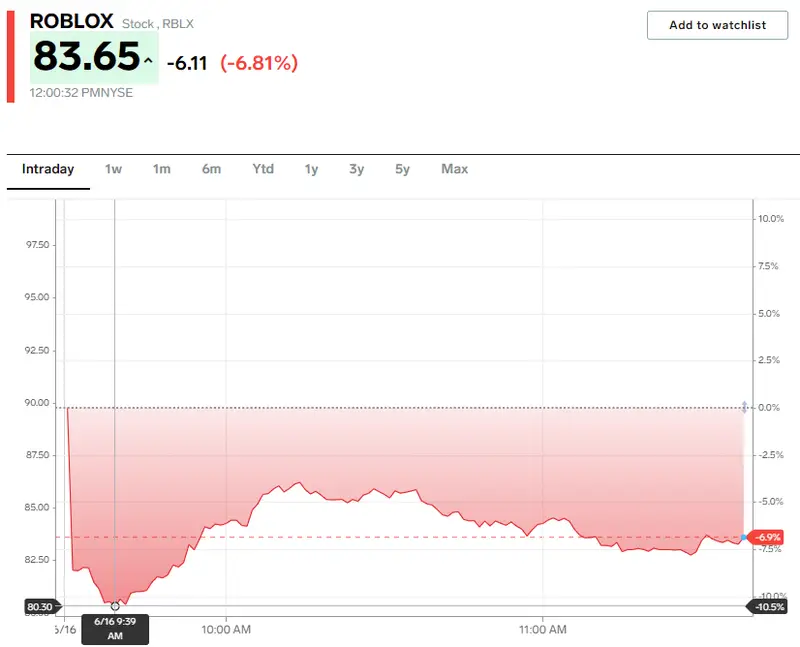Dangerous Diseases

Courtesy of CHSL
October 31, 2022
Ever since the dinosaurs ruled the earth, small organisms called viruses were always the deadliest living organisms. From the common cold to Ebola, there are hundreds of diseases that are infecting and killing many creatures on earth.
HIV/AIDS is a sexually transmitted disease that directly attacks the body’s immune system. First identified in 1959 from the blood sample of a Congolese man, scientists have tracked down the virus found in chimpanzees from the 1800s. Some of the first cases of HIV/AIDS in the United States were in 1981. From that time, 700,000 people died in the United States alone. Globally, the HIV/AIDS death toll is 40 million since the start of the epidemic. Currently, there is no cure, but there are medicines to treat it.

The Bubonic plague is another one of the most lethal diseases known in history. First identified in China, in 1334, it spread along trade routes and made its way to Europe in the late 1340s. Before the plague, the population of Europe was around 80 million people. Out of the 80 million people, 40% died. In Asia, the population was 120 million people as of 1200, yet only 65 million survived the plague. Since then, there have been numerous amount of outbreaks in history, some appearing in the 1800s and 1920s. The total death count of the plague is 350 million people throughout history. The symptoms of the Bubonic plague include fever, chills, weakness, and buboes which are big swollen inflamed nodes filled with pus and blood. As of 2022, antibiotics that treat Bubonic plague are Ciprofloxacin, levofloxacin, moxifloxacin, gentamicin, and doxycycline.
I interviewed Ms. Kratofil a 7th-grade history teacher here at Rio Norte about the Bubonic Plague, she states, “The bubonic plague (“The Black Plague”) of the 1300s greatly impacted the economy and society of the people in Europe. Also, some people started questioning WHY the plague killed so many people. Because of their curiosity, many people developed the desire to LEARN more about the world–learn about science, anatomy, and medicine. These subjects started to complement the typical religious education in Europe, ushering in The Renaissance”.
Even though thousands of people die of disease, there are many different types of medications to treat them. But the ones that aren’t curable are being researched every day by geniuses around the world.




























